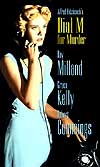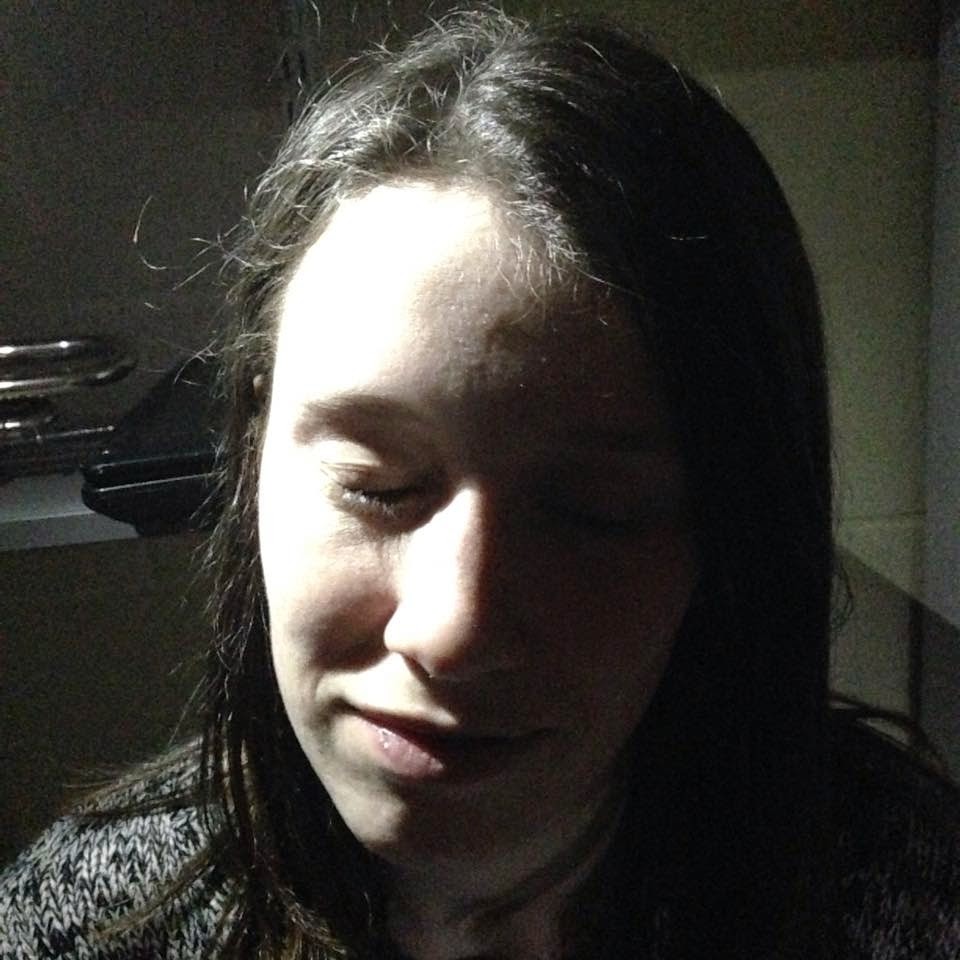Uses and Gratifications:
The theory was developed by Bumler and Katz. It suggest that audiences use any media text for various reasons as suggested below:
- Diversion (Escapism) - escape from everyday problems and routine
- Personal Identity - finding yourself reflected in texts, learning behaviour and values from texts
- Personal Relationships (Social Interaction) - using the media for emotional and other interaction e.g. substituting soap operas for family life
- Entertainment - Using the media as a source of entertainment
- Surveillance (Information) - Gathering information from the media e.g. documentaries, weather reports
We will consider why our audience will be watching our thriller piece and take this theory into consideration during production.
Hypodermic Needle:
According to this theory the media is like a syringe which injects ideas, attitudes and believes into the audience who have little choice but to be influenced. For example, according to the theory, if you watch something violent you will be inclined to do the same violent thing.
We need to take this theory into consideration when making our film. Our piece may have scenes of violence or stalking and we need to consider how this will effect our audiences.
Active/Passive Audiences:
An active audience is an audience that thinks about what they have seen on screen after watching it. What they see has the potential to affect them physiologically. A passive audience is the opposite of this and they do not think about what they have seen and it doesn't affect them afterwards.
Identification and Sensitisation:
Identification - violence in the media releases tension and desires through identification with fictional characters and events (catharsis).
Sensitisation - violence in the media can sensitise people to the effects of violence.






